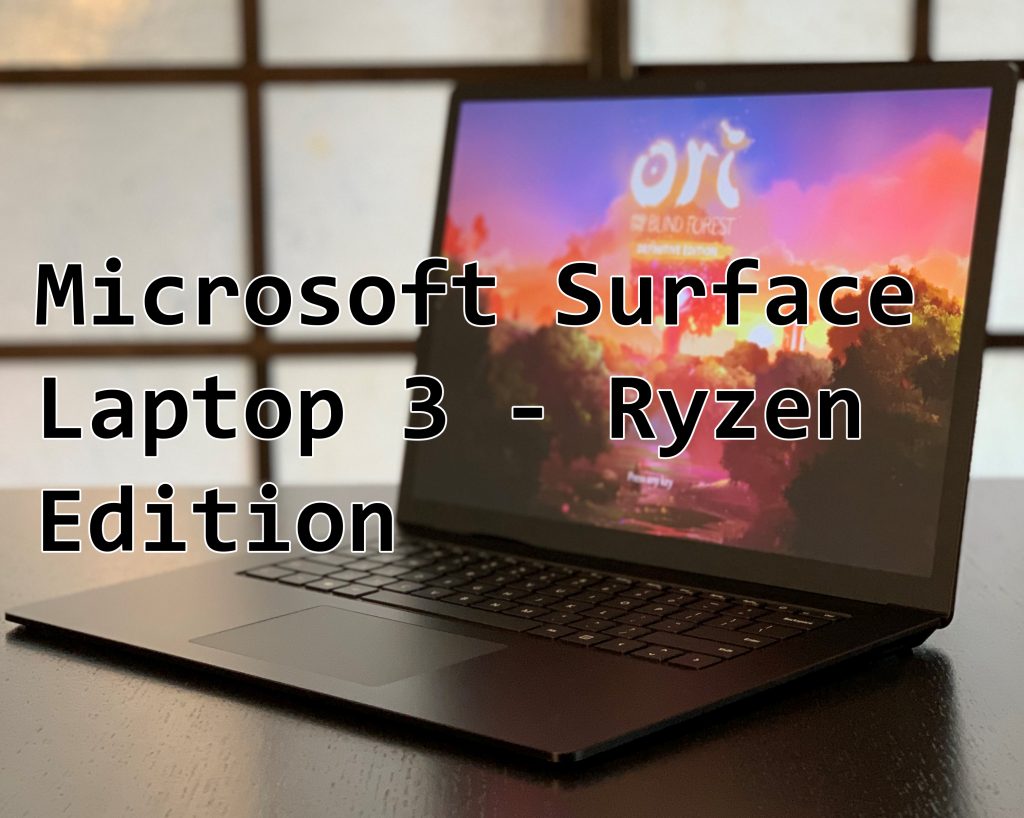

Instead, such folk will likely swing towards the Laptop 3’s most closely-minded rival, the 2019 MacBook Pro (which comes in 13 and 16in variants), accommodating up to four USB-C ports, depending on the size of the machine you opt for. Worse still, while the port supports USB 3.1 (the USB-A port supports USB 3.0), it doesn’t support Thunderbolt 3, meaning, those in the market for a creative powerhouse with the option of external GPU support and the like won’t find what they’re looking for here. Huawei MateBook X Pro 2019, with a score of 413cd/m2 (compared to 460cd/m2 from the MateBook). The Laptop 3 is also one of the brightest Windows machines we’ve tested of late, falling just short of the max brightness output of the

MacBook Pro 16in 2019 (226ppi) but still more than enough for the use cases they’re tailored to. Both versions sport a pixel density of 201ppi, not quite as sharp as the likes of the Surface Pro 7 (267ppi) or the The 2256×1504 PixelSense display employs the same 3:2 aspect ratio that’s characteristic of the Surface line (the 15in model sports a 2496×1664 resolution), making it great for written content and productivity purposes.Ĭolours, contrast and viewing angles are all promising and well-balanced too, meaning typical 16:9 media looks good, so long as you’re happy with the inherent letterboxing. There’s far less to quibble about when it comes to visuals. We just wish they were capable of pushing out better bass. They deliver sound with impressive clarity, albeit in a relatively narrow spread that dissuades enjoying media whilst off-angle to the Laptop 3.


 0 kommentar(er)
0 kommentar(er)
